
Many types of cat litter are on the market. Most litters are disposable; some are even flushable. Clawed cats are not likely to care what type you use. Declawed cats, on the other hand, are often challenged with litter box issues.
Non clumping clay litters: Granulated pieces of clay litter are about the size of small-grain rice. 100% clay litters are natural, very inexpensive and available in every grocery store, pet stores, and online catalogs. They have been on the market since 1945. Clay litters are not biodegradable or flushable. The clay naturally contains silica dust which is a known carcinogen. Manufacturers say that the cat litter does not have any more silica dust than sandy beaches. Even so, if your cat has a sensitive health or behavior problem, you may try biodegradable litters. Many are dust-free and flushable, such as alfalfa pellets. Some clay litters are scented with a deodorizer that absorbs odors or is activated when the litter is pawed at or stirred. Your cat may or may not like the scent so try both kinds.
Clumping litter: Also known as "scoopable," this type of litter forms a solid ball when urine penetrates a deep layer of the litter. The urine hardens the litter which can then be scooped out in a hard ball. This litter lasts longer and controls the smell of urine quite well. Some declawed cats may prefer the fine texture and softness of clumping litters. Because clumping litters control the odor so well, they seem ideal at first, especially if you have more than one cat. But there is a serious problem to some scoopable/clumping litters.
For clumping litters to work, they need a "clumping agent." A popular clumping agent in many scoopable brands is sodium bentonite. This agent acts as a cement and may compromise your cat's health that can be traced to sodium bentonite's properties. This clumping agent expands to 15 times its size when wet. When a cat steps in the litter box, some sodium bentonite clings to his paws. Later on, the cat will lick it off. Once it gets into his digestive system, this trace residue will expand. This results in an impaired immune system, respiratory distress, and irritated bowel syndrome.
Non clumping clay litters at least have larger granules that tend to fall off his paws. And they do not contain this type of cement that gives scoopables their "clump." Since manufacturers do not have to disclose ingredients on the litter's label, call them and ask if the clumping litter
contains sodium bentonite. If it does, try another brand.
Litter containing ingredients such as calcium bentonite and sodium bentonite may also ruin the plumbing in your house. Some municipalities may fine you if certain clumping litters are found in your pipes or sewer.
Biodegradable litters: Biodegradable litters come from plants. These litters are made of alfalfa, corn cob, aspen, citrus peels, pine and wheat. Most are flushable but call the manufacturer to be sure, or if you have a septic tank. New biodegradable litters are hitting the market almost every year. Some litters are finely ground, others are pellet type. Some naturally clump without sodium bentonite. Most are dust-free.
Newspaper litters: Litters recycled from newspaper come in pellet form. These are found in grocery stores, online catalogs, and pet stores. However, newspaper could be toxic to some cats or people because some inks are toxic. Some do not control odor too well.
Litter Boxes: Look for litter boxes in hardware stores, pet stores, and online catalogs. Disinfect and rinse them well before using. Have at least one box per cat. Add an additional box if they are kept indoors only or declawed. The size of the box depends on the cat and his personality.
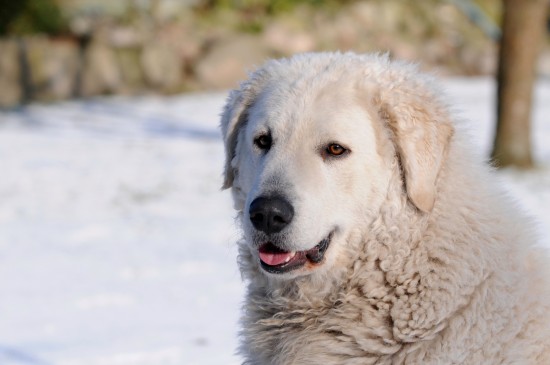 All About The Hungarian Kuvasz Dog Breed
All About The Hun
All About The Hungarian Kuvasz Dog Breed
All About The Hun
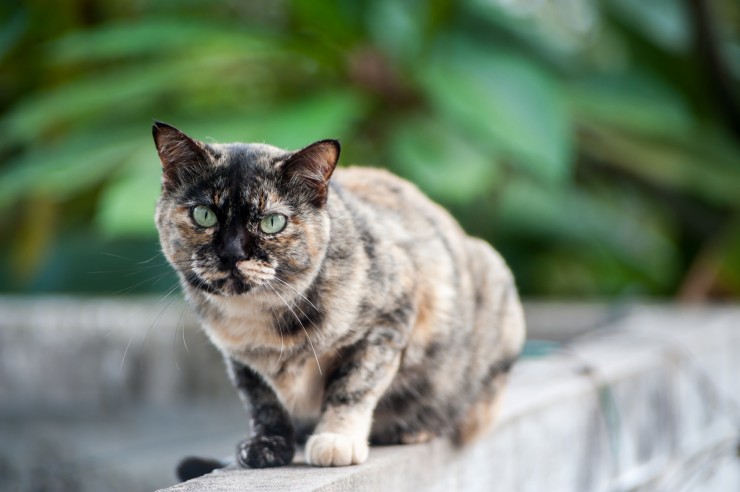 Ten Top Tips For Keeping Your Cat Healthy And Well Into Old Age
Ten Top Tips For
Ten Top Tips For Keeping Your Cat Healthy And Well Into Old Age
Ten Top Tips For
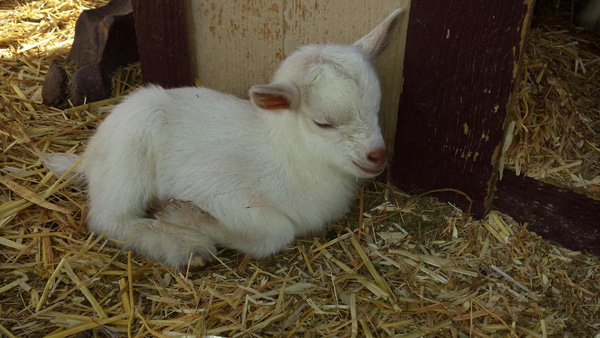 Guidance On Potty Training Of Your Shih Tzu Puppy
Guidance On Potty Training Of Your Shih Tzu Puppy
Guidance On Potty Training Of Your Shih Tzu Puppy
Guidance On Potty Training Of Your Shih Tzu Puppy
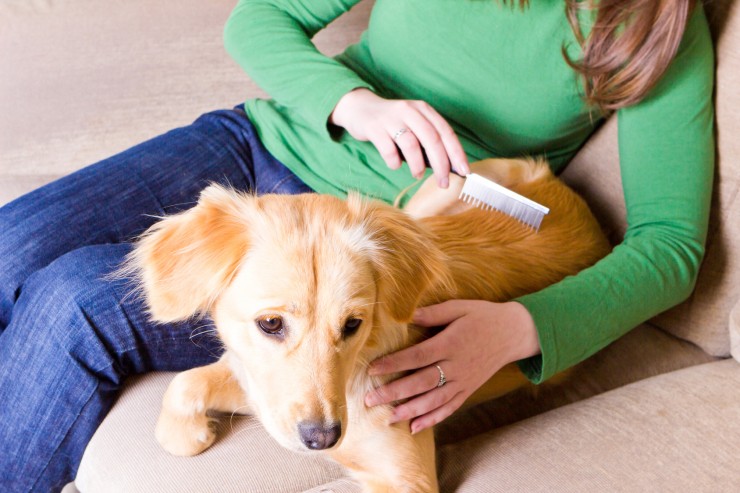 Signs You May Have Chosen The Wrong Pet Sitter
Signs You May Hav
Signs You May Have Chosen The Wrong Pet Sitter
Signs You May Hav
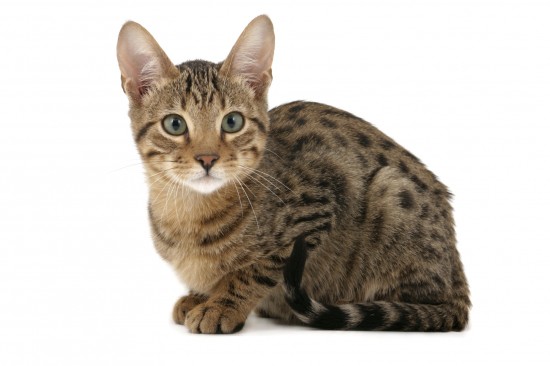 More Information On The Attractive And Unusual Serengeti Cat
More Information
More Information On The Attractive And Unusual Serengeti Cat
More Information
Copyright © 2005-2016 Pet Information All Rights Reserved
Contact us: www162date@outlook.com